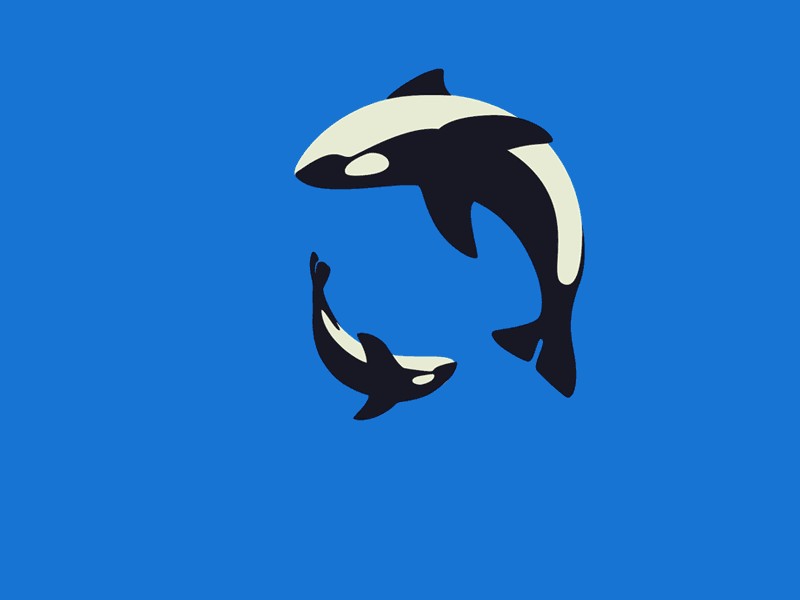Availability & Seasonality
The supply (and price) of fresh ono is as limited and erratic as that of locally-caught mahimahi. Not an especially abundant fish, ono is most available in Hawaii during the summer and fall (May-October)
Product Forms & Yields
Local fishermen market their ono as fresh, whole fish. Most is purchased by upscale restaurants in Hawaii and on the mainland. Some restaurants buy fillets from intermediary suppliers, but others prefer to receive the fish headed and gutted to retain better quality. Ono Fillets have less blood-line than similar pelagic fish which means they have a higher yield from purchased fillets to useable portions. Therefore, about 60 to 65% of whole fish weight can be recovered as fillet. Although one of the best fish for smoking, ono is too expensive to be put to this use in Hawaii.
Shelf Life & Quality Control
The shelf life of fresh ono is relatively short — 10 days when properly cared for. Ono keeps longer if stored whole (especially if hung head down) and not filleted until shortly before use. When the fish is headed and gutted, the collar bone and belly areas are exposed to bacteria which can then cause accelerated deterioration of the remaining flesh. The first external evidence of deterioration in a whole ono is discoloration of the skin around the head and gill plates and a general softening of the flesh. In a dressed fish, discoloration of the flesh Ono (Wahoo) exposed around the collarbone would indicate a loss of quality. Poor quality fillets have opaque, milky flesh or they may be cracked.

